10 Disadvantages & Problems Of Shipping Container Homes – What You Need To Consider
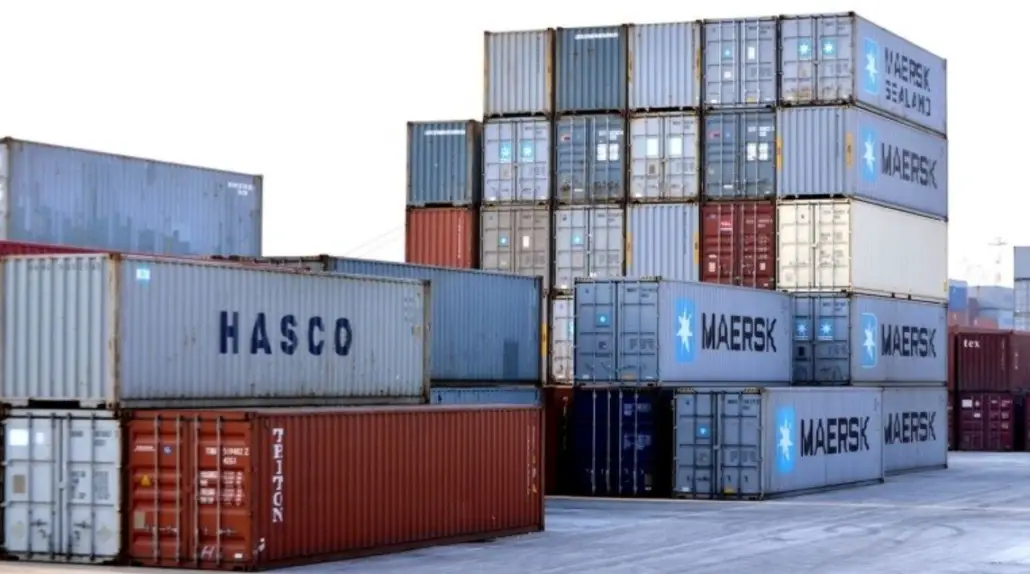
Shipping container homes have become incredibly popular. It’s like that awkward fad that people are really digging in to but we aren’t so sure it’s a great idea.
While a shipping container might be fully customizable and even cost-effective, there are certain disadvantages to be aware of.
In this guide, we will walk through 10 disadvantages and what you need to consider before you make a decision.
Shipping Container Homes & Their Place in the Modern World
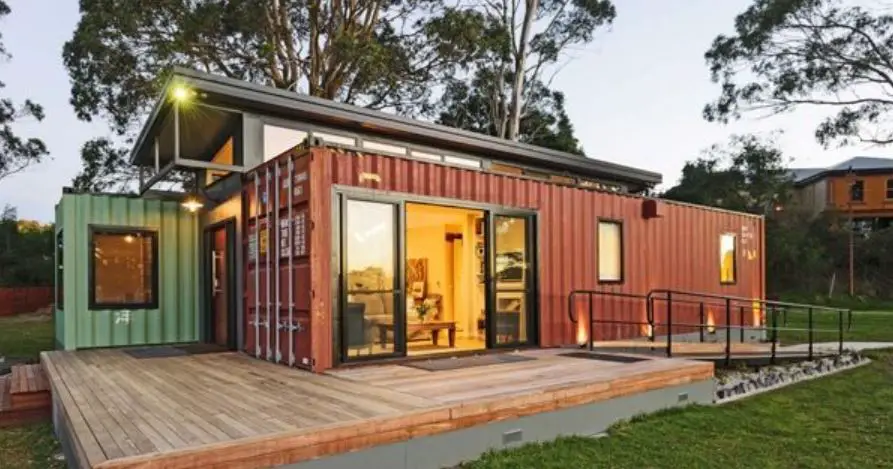
You’ve seen those steel shipping containers right? Maybe you’ve seen them gliding by on a passing train, truck or even sitting in a train yard. They are large, steel containers, primarily used for shipping purposes.
The new idea is to take this reusable container typically used for transport of goods and turn it into a home. The containers come in two basic sizes. The standard size is 8 feet wide by 8 1/2 feet high, according to Wikipedia.
There is also a High Cube that is still 8 feet wide but is slightly taller at 9 1/2 feet, giving the container one extra foot of space in height. The lengths can also vary. You can choose from a 20-foot length or a 40-foot length.
If you go with the shorter length, the home has about 160 square feet. With the 40-foot length, there is 320 square feet.
As far as homes, these are being used because they are meant to be cost-effective and easier to fit into tight places.
On this same note, some homeowners have even stacked multiple containers to make a multi-level home or some type of mega shipping container bungalow.
Is It Really A Good Idea?
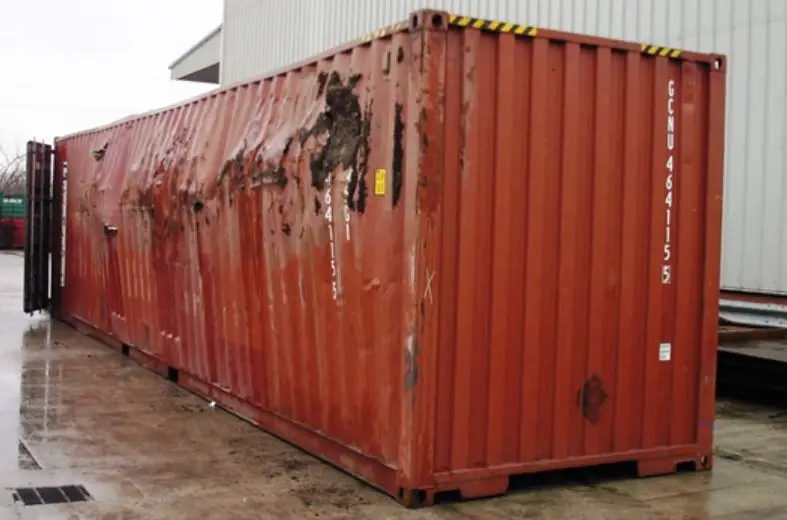
While it might seem like a genius idea, there are a lot of things to consider before taking this avenue for a home solution.
You’ve got to consider the limited size and space, the potential safety hazards, and the cost of placing a container and getting it set up to work as a home. These are just a few of the primary disadvantages.
Take a look at these top 10 disadvantages of shipping container homes.
10 Main Disadvantages & Problems Of Shipping Container Homes
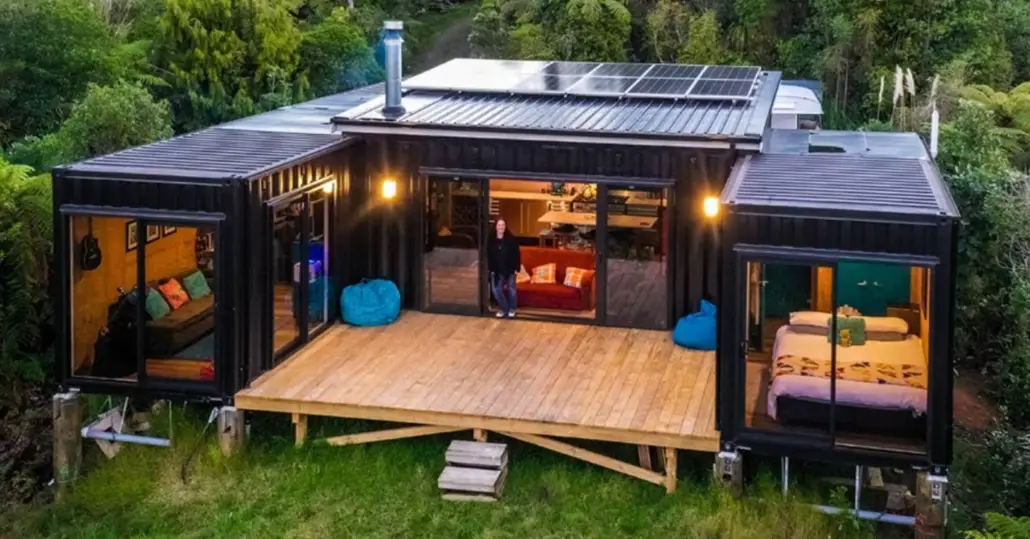
1. The Size
There is a huge movement towards the use of tiny homes but can you imagine living in a 160 or 320-square foot home?
The size of this home would be the equivalent of living in a tiny home or perhaps an RV. It would be very small, leaving you little room to work with.
This may not be an issue for some but it’s certainly something to consider as you might be disappointed with the size if you aren’t prepared.
Expanding the space with more containers can really run the costs up toward the price of a traditional home.
While some people think they can handle such a small space but then they get tired of the space limitations after a time.
2. Zoning, Codes, and Permits
Maybe you found a great spot to put a shipping container but wait, it doesn’t stop there! Since this is a new concept, a lot of areas are not really set up to deal with them yet for home purposes.
When it comes to getting the appropriate codes and permit details, or even zoning information, you may find yourself facing some additional challenges. You will need to check with the area you plan to place your container and make sure it’s even a possibility.
We recommend checking with your local building code enforcement to determine what is required and again whether this would even be allowed.
3. Structural Integrity
The structural integrity is another thing to consider and this is a big one. These containers were not originally designed to be homes but just a steel box to transport goods.
You will find that a storage container might require some additional support or reinforcement for the structure itself. While the corners are built to be solid and sturdy, the rest of the container is just simple steel.
For example, you may need to consider an additional roof to protect your home. The roof will require some specific maintenance and care. The traditional roof is simply not built for home use so plan to add another roof or covering of some sort.
4. Safety Hazards
Sources like Live in Container tell us that living in a shipping container is just as safe as living in any other home.
However, they also quickly back up that statement with telling you that you absolutely must do appropriate research and investigation or that the container may have potential hazards.
The challenge here is it can be very hard to do full research and truly know the safety of your shipping container. Some shipping containers have harmful chemicals or have potentially been used to transport chemicals, according to Sulex International.
You just never really know what is in that storage container, what has been transported, and what has been used to even treat the container to prep it for storage and shipping purposes, especially with factors like sea corrosion, being protected against.
They even use chemicals on the wooden floors to protect them from various environments.
5. Hard to Control the Temperatures
According to Structure 1, shipping containers conduct heat pretty well because they are made from steel. Steel is a heat conductive material.
With that in mind, when it gets really cold outside, there is really no insulation unless you add it so while they are conductive to heat, you may have to get creative to heat them. Remember this is going to be an added expense to set up as well.
On top of that, the summertime seasons might get really warm because of the heat conduction as well. You can take action to try to help keep the container cool and comfortable but you will certainly need to plan ahead for this.
According to Container One, shipping containers can easily hit temperatures over 100 degrees in warm weather and it happens quickly. Their recommendations include the following:
- Heat proof the roof the best that you can
- Install vents and air units
- Insulate the space
There are some other proactive steps that you can take as well, like placing your container somewhere with shade and using extractor fans to help purge hot air
6. Don’t Forget The Land!
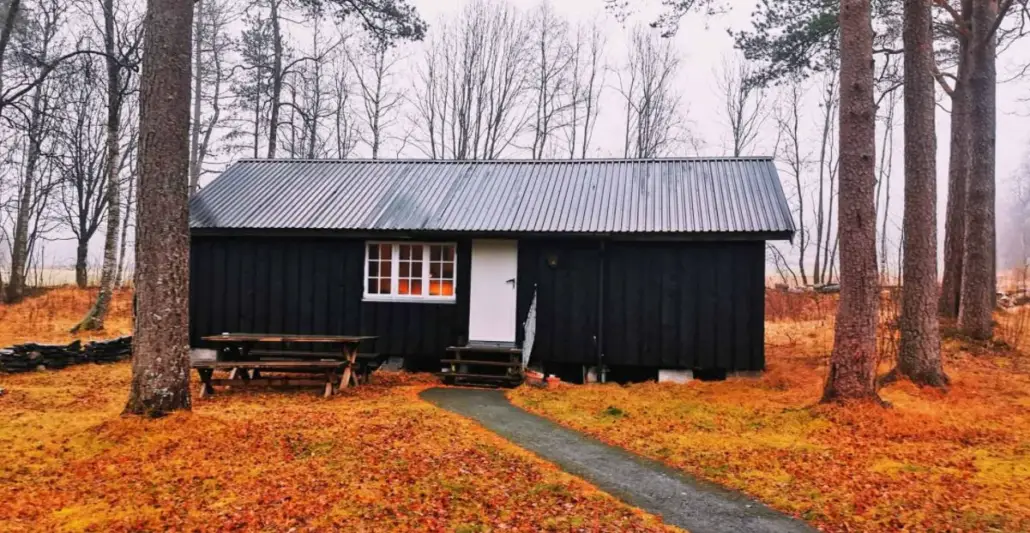
If you’re going to use a shipping container for a home, you’ve got to have somewhere to place it, right?
This means you are going to need to either purchase or own land in order to place the container. Your land has to be the right size to accommodate the container. You will need to be able to establish an official address for this land as well.
Don’t forget that it’s more than just land as well. According to Discover Containers, you absolutely must always plan some sort of foundation for your home as well. This will keep the home steady and secure when the ground rises, sinks, slides, or moves from natural effects.
Sometimes land can be very hard to come by and also very costly. In this case, weigh the pros and cons of spending money on land versus purchasing a home already constructed. That’s assuming you will be able to find land available as well.
7. It’s A Tight Fit
You’ve got to be able to fit life into your container home. You also have to be able to fit the container home where it needs to go.
These containers are long and narrow. If you think about the narrow width, you’re talking about 8 feet of width all across the board.
This means fitting things like couches, tables, beds, and even appliances may be quite the challenge. While the length gives you a decent amount of space to work with, you are going to have to be very strategic in how things fit into the space.
You are certainly going to have to plan carefully for all of these things and just know that you will be making some sacrifices in your living accommodations as well. Think of this as RV life and just know it’s going to be a minimalist lifestyle by design.
8. Finding Contractors
If you manage to work through the details and get to this point, you can’t just place the container yourself and go. It’s going to take some very strategic work to get that container in place and ready for living.
You’re going to need a contractor. This contractor is going to need to be able to do every little thing from transporting and placing the shipping container to having the knowledge to work with such a material and design.
Sadly, there are a limited number of contractors out there who are really familiar with this type of work so it may take some work to find one and some extra expense for the specialty category.
9. Electricity
That shipping container isn’t going to come with electricity and it won’t even be ready for electrical setup.
You will need to establish electric from start to finish here.
Electrical setup will pretty much be a ground up effort. This will also be an additional expense that can get pretty costly as you work as well.
10. The Costs Add Up
When you consider some of the extra stuff that you have to do and the specialty things required to get a container home ready to use, the costs add up quickly.
You’re going to be doing a lot of special things to accommodate a container home. While they may be cost effective once they are established, there will be some significant up-front costs to contend with and they can get pretty extensive.
Prep Steps Before Buying a Shipping Container

We’ve talked about the disadvantages. If you decide to go ahead and pursue a shipping container home, here are some tips for being sure you are ready for the experience.
#1 Ensure You Have the Full History
You will need to be very careful to do research strategically. You mostly want to try to determine whether or not harmful goods or hazardous materials were ever transported in the container.
You may not be able to get to the root of this but we recommend not purchasing a container unless you confirm details such as this and really know what the container was used for.
#2. Physically See Your Container First
You want to lay eyes on your container. Don’t just purchase a container sight unseen. Be sure to take a look at the container and inspect it. You want to look for problem areas and issues and you definitely want to lay eyes on it before paying for it – just like if you purchased a home.
#3. Have a Plan
You will need to have a plan that covers all of the possible issues. Line up a contractor, plan a location and a foundation. Plan for the roof, plan for heating and air, plan for fitting into the space.
If you don’t have a plan, this may not be worth your time.
#4. Always Check for Compliance
Before you start, you most definitely want to be sure that you are in compliance with local standards and requirements. Your contractor might help with codes and permits but you will need to work with your local sources as well.
FAQ
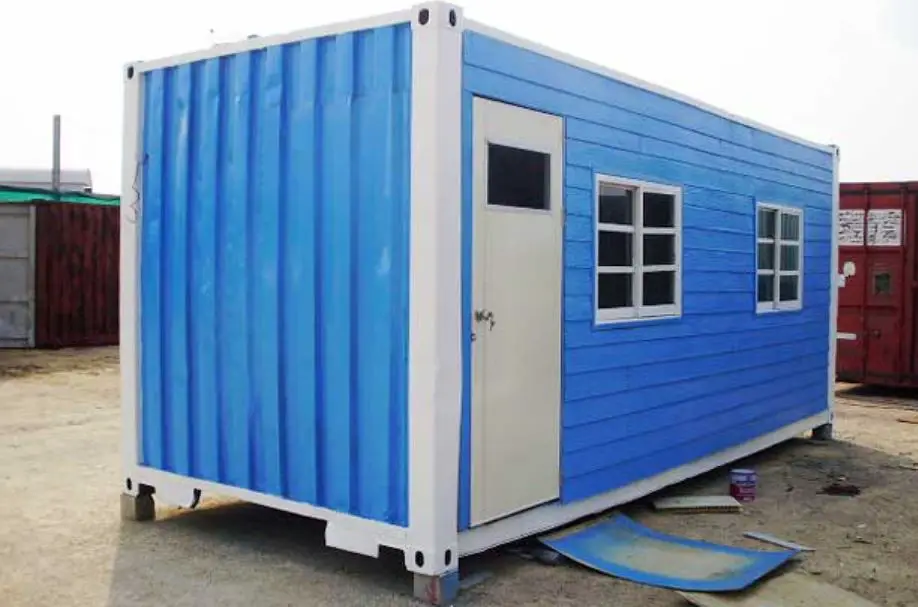
How Long Do Shipping Container Homes Last?
According to Sulex International, shipping containers as homes may last 25-30 years when properly set up and maintained.
Can I Put a Roof on My Container Home?
Yes! In fact, it is highly recommended to do so as the top is not really designed to be a roof.
How Easy is it to Join Multiple Containers?
This particular action will be challenging for the contractor for placement purposes but also for the construction of joining and making them compatible together. It’s going to take effort and expense.
Do Shipping Containers Attract Lightning?
Most likely, a container home will be safe from lightning and won’t attract it. This can become more of a risk to a fully-exposed container or perhaps even a taller container setup.


